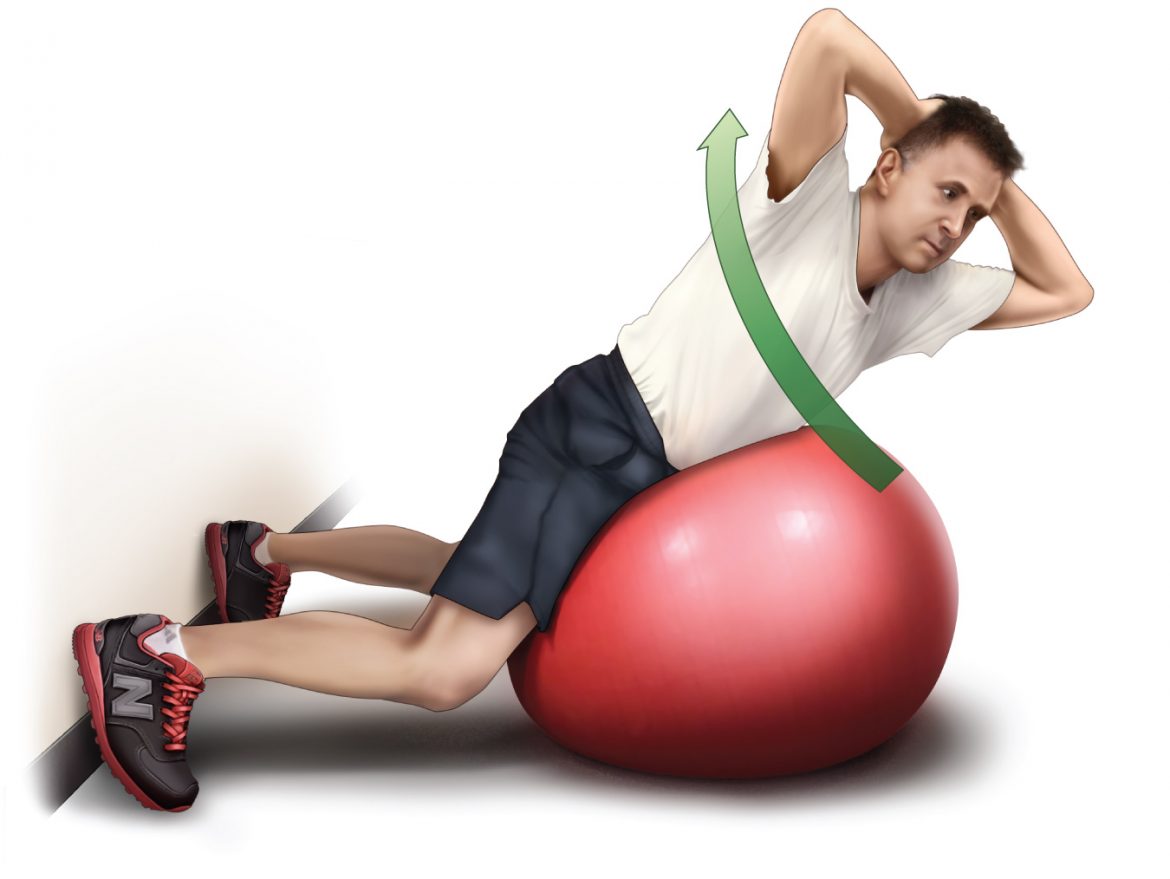Effects of Static Stretching
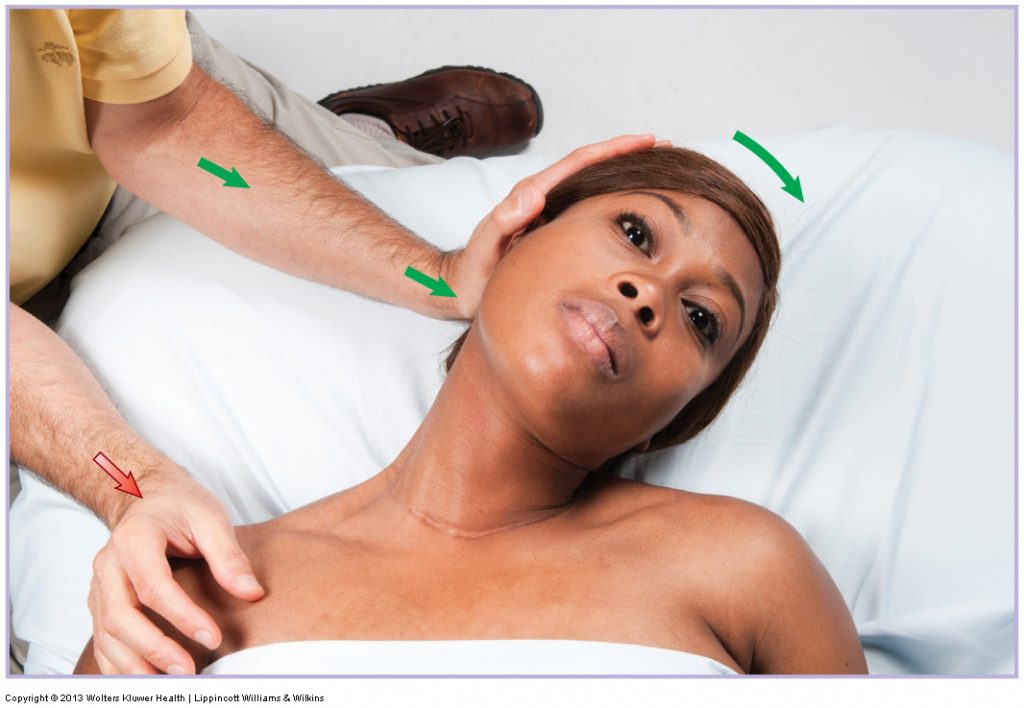
Static stretching. Permission Joseph E. Muscolino. Advanced Treatment Techniques for the Manual Therapist: Neck (Elsevier, 2013).
Stretching has long been recommended to increase range of motion (ROM) around a joint. However, stretching may induce other acute effects on the neuromuscular system. For instance, some studies showed a single bout of static stretching can reduce maximal voluntary strength and muscle power. However such studies usually employed static stretching technique in which the position of stretch was held for more than 60 seconds and the subject then immediately became fully active, with no warm-up.
Note: Contradictory to what is often assumed in static stretching, the length of time that the position of stretch is held does not seem to affect subsequent muscular performance, unless the length of time leads to actual muscle fatigue.
Effects of Dynamic Stretching
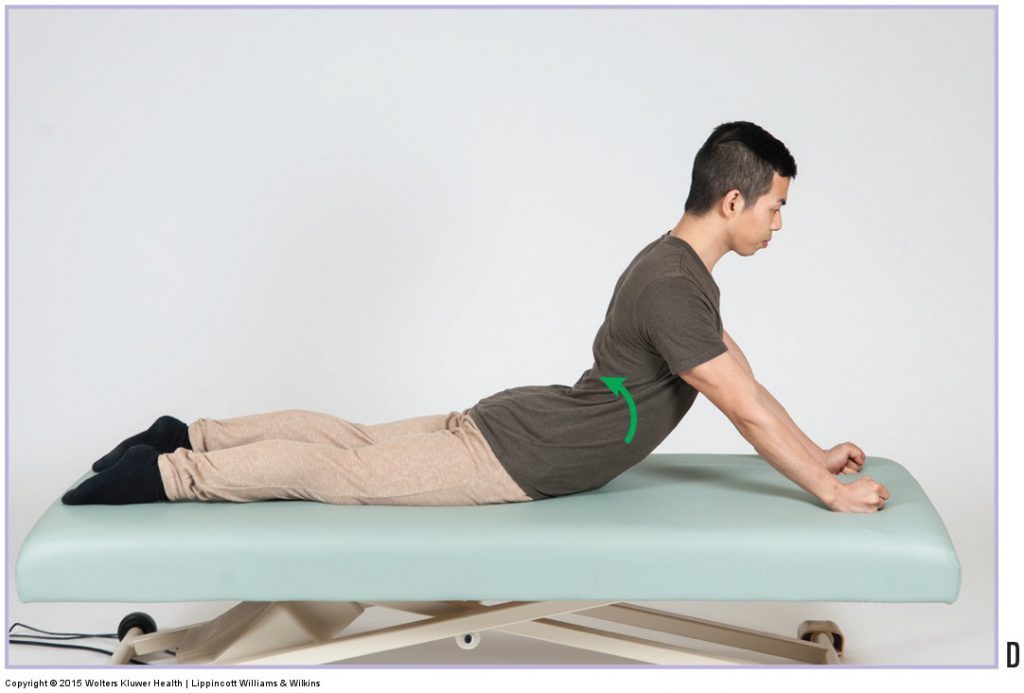
Dynamic back extension stretch exercise. Permission Joseph E. Muscolino. Orthopedic Manual Therapy for the Low Back and Pelvis – A Clinical Orthopedic Approach (2015)
The effects of dynamic stretching, in which the position of stretch is help for only a short period of time, certainly fewer than 60 seconds, and often as short as a few seconds, on subsequent muscular performance have also been evaluated.
A review by researchers from Dijon, France, investigated performance and physiological alterations following dynamic stretching from the scientific literature. The results of these studies are not 100% consistent and clearer understanding is needed of the parameters used in each study. Following are some of the conclusions reached regarding dynamic stretching:
- There is a substantial amount of evidence pointing out the positive effects of dynamic stretching on ROM.
- The larger ROM would be mainly attributable to reduced stiffness of the muscle–tendon unit.
- There is also substantial evidence indicating improved subsequent performance (force and power, specifically for sprinting and jumping) after dynamic stretching.
- The effect on performance of dynamic stretching may be amplified when stretches are performed while walking.
- High velocity dynamic stretching seems to positively affect subsequent muscular performance.
- The improved muscular performance associated with dynamic stretching seems to be related to the increased temperature of the musculature and potentiation-related mechanisms (i.e., increased neural facilitation) caused by the voluntary contraction.
- Therefore, if the goal of a warm-up is to increase joint ROM and to enhance muscle force and/or power, dynamic stretching seems to be a preferable alternative to static stretching.
- However, numerous studies reported no alteration in performance or even reported performance impairment after dynamic stretching. This may be due to possible mitigating factors, such as stretch duration, amplitude, or velocity.
- For example, ballistic stretching, which is a type of active dynamic stretching that is begun by muscle contraction but is ended by momentum, seems to be less beneficial than controlled dynamic stretching. Perhaps the less than optimal effects of ballistic stretching are due to the greater speed at end range of motion (perhaps exciting a muscle spindle reflex).
Did you know that Digital COMT (Digital Clinical Orthopedic Manual Therapy), Dr. Joe Muscolino’s video streaming subscription service, has hundreds of videos on manual therapy, including an entire folder of videos on stretching techniques? Click here for more information.
Note by Joseph Muscolino:
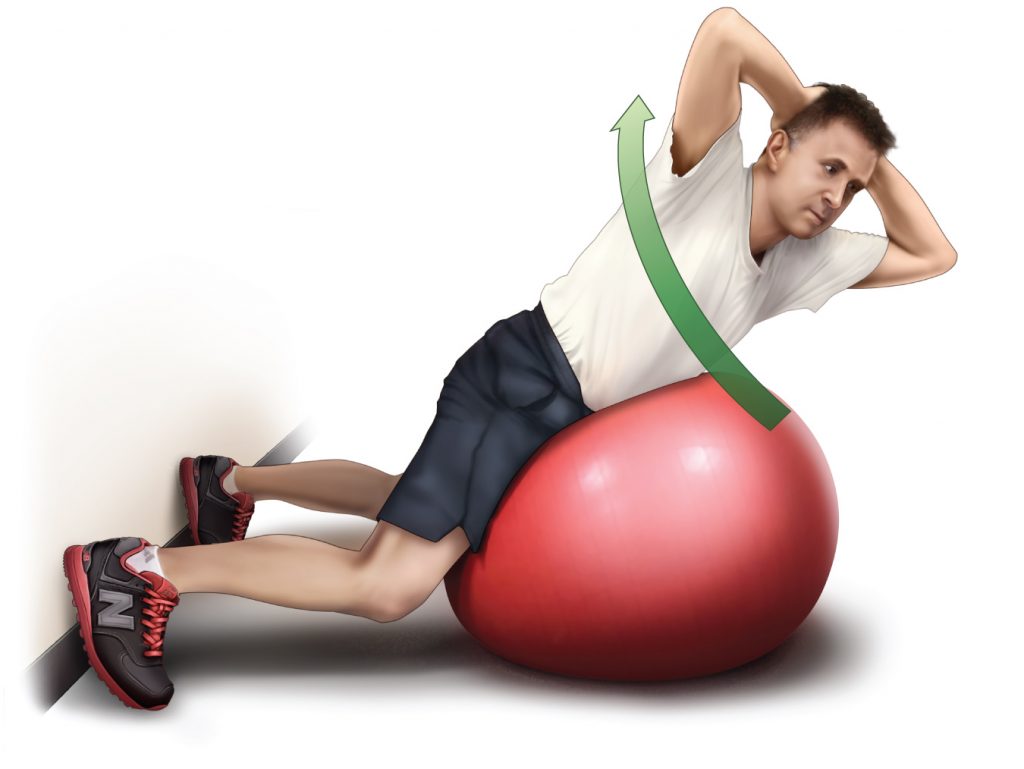
Dynamic stretch exercise on a gym ball. Permission Joseph E. Muscolino.
Stretching, whether it is static stretching or dynamic stretching, has become a very controversial topic in recent years. But I believe it is important to take a step back and maintain some perspective. Stretching is essentially a mechanical process of lengthening soft tissues. By the fundamental characteristic of soft tissue known as “creep,” which states that a sustained force placed upon a tissue will deform that tissue to that force, stretching must have the ability to lengthen soft tissue (as long as the correct parameters of the stretching technique are done; for example, don’t stretch too fast or the muscle spindle reflex might kick in resulting in muscle tightness and therefore the muscle being shorter). So unless we are going to state that a fundamental characteristic of soft tissue such as creep is no longer true, stretching must have the potential to be effective at lengthening a myofascial tissue.
Changing lengths of soft tissue must have an effect upon joint function given that a joint can only move if the tissues on the “other side” of the joint lengthen to allow the motion to occur. We should recognize here that muscle tissue is dynamic, so it is possible for a muscle to lengthen and allow a joint motion in the opposite direction, not necessarily because the muscle has been mechanically lengthened at baseline tone, but because it has been relaxed by the nervous system so that it has the ability to lengthen when needed. In this regard, the lengthening of a muscle is just as much about its neural facilitation/inhibition as it is about its resting mechanical length.
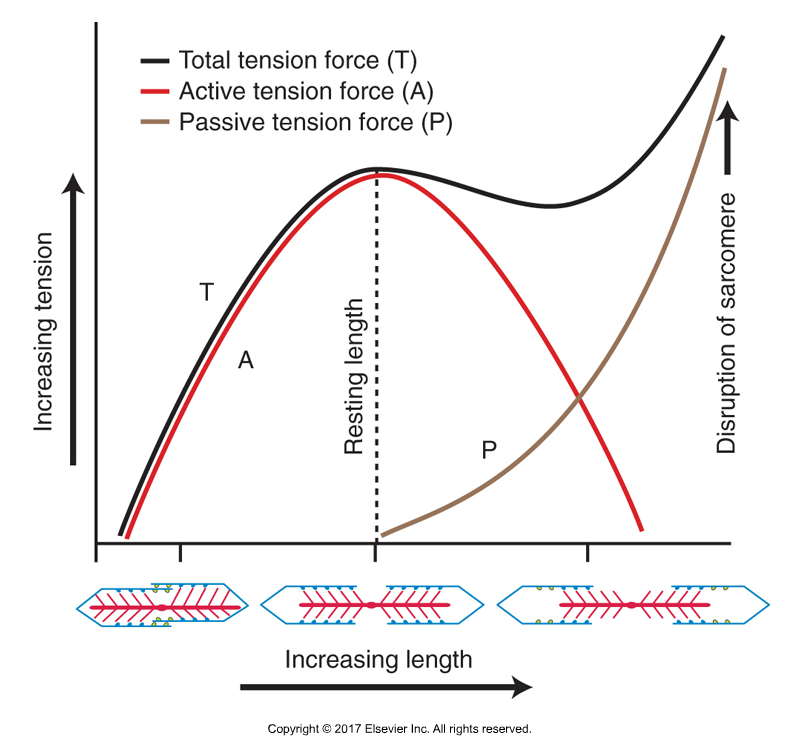
Length Tension Relationship Curve. Permission Joseph E. Muscolino. Kinesiology – The Skeletal System and Muscle Function, 3ed. (Elsevier, 2017).
If we accept that a muscle can physically mechanically lengthen (a la creep), then given the length-tension relationship curve, stretching and therefore changing the length of myofascial tissue must have an effect upon muscle function as well. The ability of a muscle to contract is somewhat dependent upon its length because this affects the number of actin-myosin cross-bridges that the muscle can create.
When we add in the neural component, the effects of stretching should be even greater. After all, global muscle tone is mediated by the central nervous system. Therefore, any lasting effect of stretching would have to feedback into the central nervous system, regardless of whether a neural inhibition stretching technique (one involving reciprocal inhibition and/or the Golgi tendon organ reflex) such as Agonist Contract (AC) or Contract Relax (CR) technique (or named by one of many other acronyms such as PIR, PNF, MET, etc.) is employed or not. If one of these neural inhibition stretching techniques is employed, then the neural effects of stretching should be even more direct and immediate.
This article was created in collaboration with www.terrarosa.com.au.
(Click here for the blog post article: Self Massage Before Stretching Improves Stretching Outcomes.)
Did you know that Digital COMT (Digital Clinical Orthopedic Manual Therapy), Dr. Joe Muscolino’s video streaming subscription service, has hundreds of videos on manual therapy, including an entire folder of videos on stretching techniques? Click here for more information.


